By Jake MacAndrew
Throughout the pandemic years of 2020 and 2021, many Toronto Metropolitan University (TMU) students were left at home, studying away from campus. But one dating application made connecting with other students easier. Those were the years of RU Mine, TMU’s exclusive dating app.
James Heaney and Reza Khonsari are the creators of the app. They sat down with The Eyeopener for the origin story of their friendship that led to the app’s creation, which had five per cent of TMU’s population registered at its peak.
Heaney and Khonsari—both TMU engineering alumni—met during the frosh of Heaney’s first year in 2017. Khonsari was a third-year student in a group chat for upper-years to guide new engineering students in their transition to university.
“I was involved in the engineering society, so I was trying to help students that are coming in [and] introduce them to everything,” said Khonsari. “That’s how we all met. It was just random.”
A few years after meeting, Heaney and Khonsari’s ideas for a dating app emerged.
“We would hang out and we would talk a lot online. At the beginning of 2020, in January, for some reason, dating apps were kind of on my mind. Both of us had done a lot of software work. So we were kind of joking about it in that group chat with a bunch of us. Reza was like, ‘That’s not that bad of an idea,’” said Heaney.
Khonsari said at the time, his friends were struggling to meet new people and go on dates with people close by.
“[My friends] were all having the same problem. They were all trying to meet dating partners…but most of them had to travel to York [University] or [University of Toronto] for that. So we were like, if you put something for [TMU] where people can meet each other, it would make [dating] a lot easier for everyone involved.”
Two hours after this conversation, the pair began developing a plan for a TMU-based dating application. According to Khonsari, the first step was gauging interest—starting with a sign-up web page and developing the app if they obtained enough registrations.
“We worked on a couple of administration pages and an Instagram. We got a lot of feedback that was very good. So we’re like, we should actually start building this and see how it goes,” said Khonsari.
“I was in the gym at the time, and it kind of just hit me. RU Mine [as in] Ryerson University!”
Before the duo created RU Mine, they developed an online questionnaire for Valentine’s Day 2020. They called the service Cupid’s Arrow. Heaney and Khonsari would aggregate student responses to 15 questions and create a list of 10 TMU students who matched similar answers.
“Development for the App Store came basically after that,” said Heaney. “That was the beginning of March [2020]…I used the opportunity of those two weeks inside the house, and I basically just put my head down and coded [the app].”
While Heaney worked on the application’s backend, like the program code and software updates, Khonsari worked on marketing their product.
The famed name RU Mine was an idea that came to life on the first day of planning the app in January 2020. While sending ideas back and forth in an online chat for fun, Heaney had a striking realization.
“We were goofing around in this group chat…I was in the gym at the time, and it kind of just hit me. RU mine [as in] Ryerson University! I sent it to Reza, and he was like, ‘That’s it,’” said Heaney.
“You could say that we want it to be turned into something bigger in the future, but we were just having fun with it”
Heaney and Khonsari said no other names came close to the frontrunner, RU Mine.
“Usually when you come up with an idea for a name of a product, [it’s] the hardest bit,” said Heaney. “That was kind of the first idea, and it stuck. It worked well.”
At the launch of the app in March 2020, although their biggest concern was a need for more people to match within the initial days of the program, 700 TMU students signed up for RU Mine within the first hour.
“We expected 200 to 300 [users], but when it came to 700, our server wasn’t able to handle that load,” said Khonsari.
Heaney said they purposefully crashed the server to implement fixes before the user traffic load crashed by itself.
“We used that as marketing material,” added Heaney.
“When you see all these people trying to log in and then aren’t able to sign in, they know that other people are on it. So they think maybe there’s a lot of people trying to do this at the same time,” said Khonsari.
The app peaked in users when version two launched in December of that year. Khonsari approximates the number at 2000.
“I uploaded all the code for free online. So if anybody wants to [relaunch], all the code is there”
Version two came with the addition of RU Friends—a friend finder application—Spotify integration, a new user interface and an improved algorithm.
RU Mine’s algorithm was pretty simple without “secret sauce,” according to Heaney. It prioritized shared interests among users over physical attractiveness.
“We wanted to give everyone the same chance to meet everyone. We didn’t want the people who look the best to get the best matches because that’s not really how it should work,” said Khonsari. “It should be based on interests, personality and everything else.”
Despite the ongoing success of the app, it was only a passion project for the two engineers. Heaney was in mechanical engineering, and Khonsari was in civil engineering.
“You could say that we want it to be turned into something bigger in the future, but we were just having fun with it,” said Khonsari. “We didn’t really have any business [education] or anything like that. The app had no ads, it was free, and we were not making much money from it.”
As the pandemic waned, Heaney and Khonsari put their efforts into other projects like FindMyVax—an aggregator software that helped Canadians find vaccine clinics.
Additionally, app usage declined as the pair winded down development. There has been no updates to RU Mine since February 2021.
Both engineers were reaching the end of their schooling by 2021. Khonsari was completing his master’s degree and Heaney was about to start his capstone project during the final semester of his undergraduate degree.
As for Heaney and Khonsari’s future with RU Mine, that era of their lives has probably passed.
“The very hard thing about it is that we’re not really at TMU anymore,” said Khonsari. “We would have to take some time to start marketing…back then, you know, we were [on campus] basically like all day.”
As for the future of the app itself, resurrection is possible.
“I uploaded all the code for free online. So if anybody wants to do it, all the code is there,” said Heaney. “You can learn from our mistakes and take what worked and what didn’t.”
The code to recreate a new version of RU Mine for the TMU era is available on the software development website GitHub. All that’s needed is a new generation of TMU students who are willing to start the process.
As Heaney wrote in the description of the RU Mine code, “Nothing gold can stay,” but the question is, can it come back?

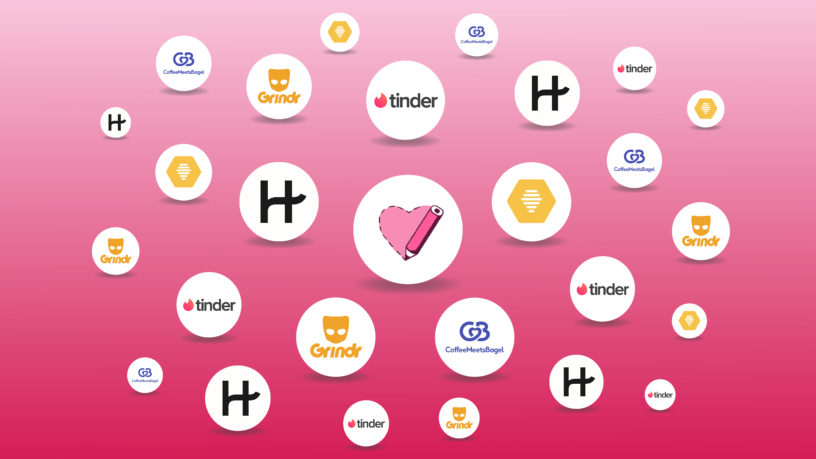



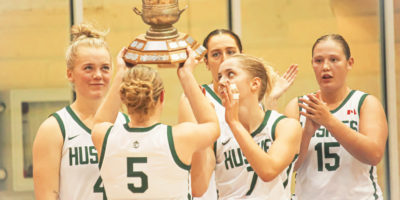
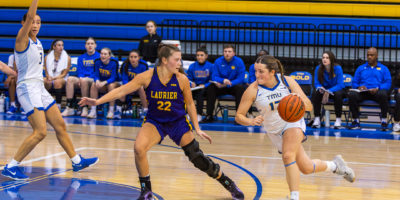

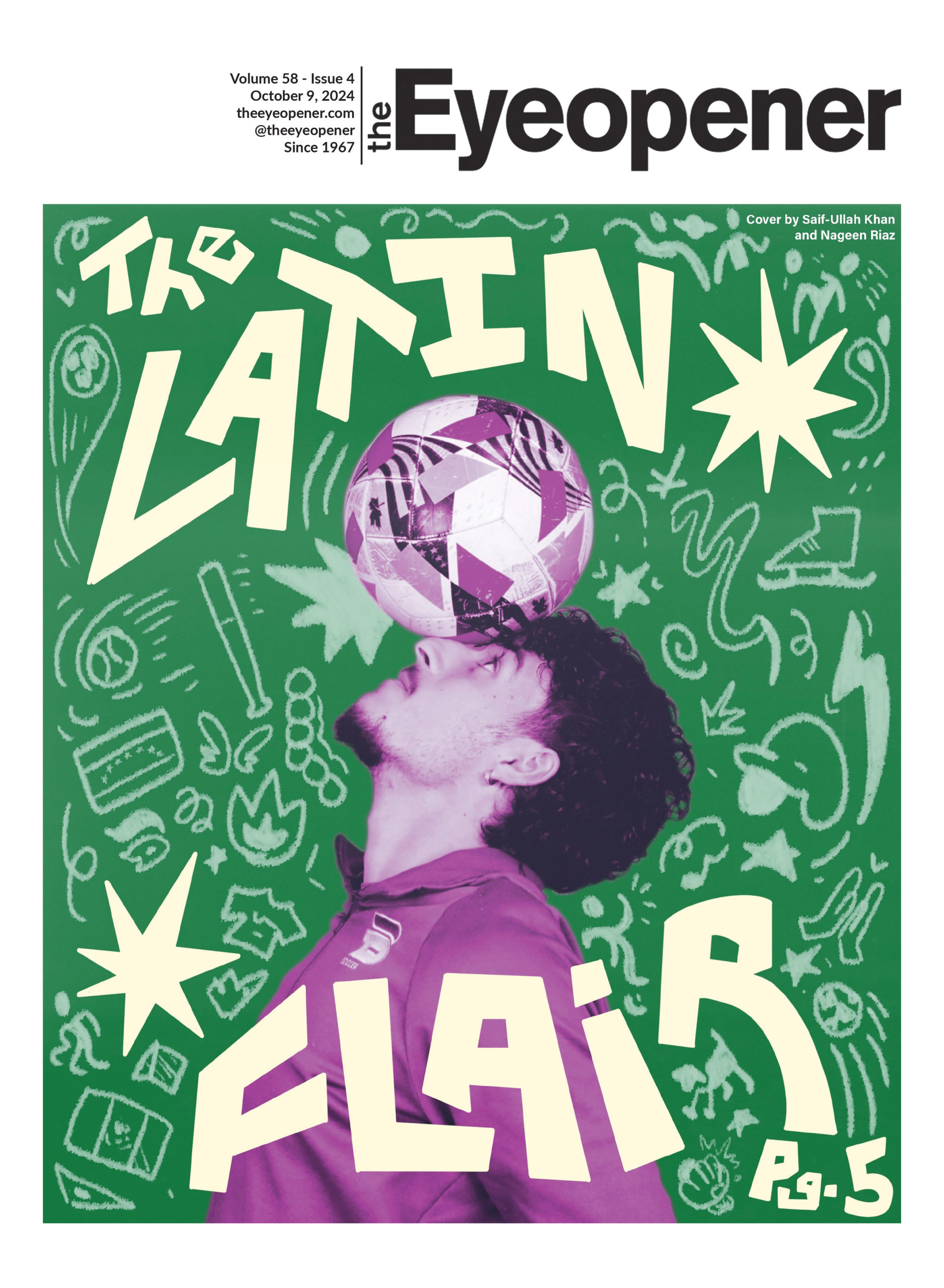
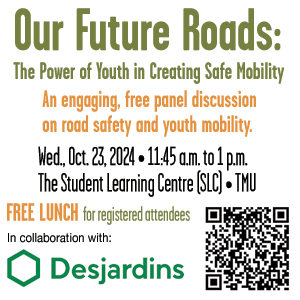
Leave a Reply